Iceland Self-Drive Guide: Everything You Need to Hit the Road with Confidence
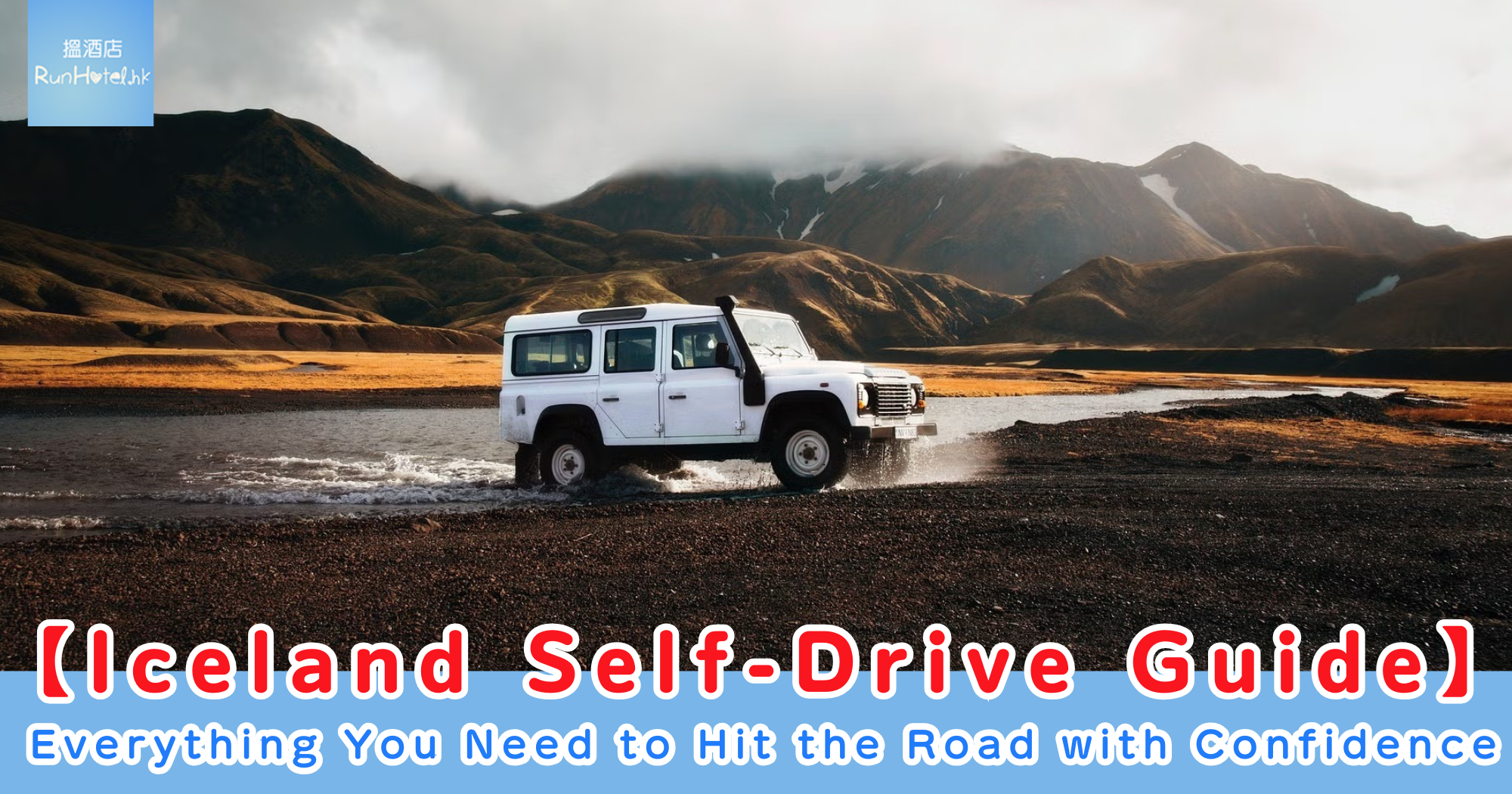
Driving is by far the easiest and most flexible way to explore Iceland. That’s why we’ve put together the ultimate self-drive guide — covering everything from rental companies, costs, insurance, traffic rules, and recommended routes — so you can hit the road with confidence and peace of mind.
Car Rental Companies in Iceland
Iceland offers plenty of car rental choices. At Keflavik Airport, you’ll find international chains like Hertz, Avis, Europcar, and Budget with on-site counters. However, we strongly recommend booking online in advance. It’s faster, cheaper, and gives you more choice of vehicles and insurance packages.
Here are two of the most recommended rental companies:
Blue Car Rental
This popular company is often chosen for its wide selection of vehicles and competitive prices (the earlier you book, the cheaper it gets). They also offer full insurance coverage — highly recommended for Iceland’s rugged roads. Booking is quick and easy online. The only downside? Claims can be a bit slow and complicated if you need compensation.

Lotus Car Rental
Lotus Car has become a favorite among Asian travelers thanks to its online Chinese customer service, making communication smooth and stress-free. This is a local Icelandic company specializing in rentals, and reliability is high. The downside is that their rates are usually a little higher, and they don’t have a counter at the airport — instead, staff will pick you up and bring you to the office.
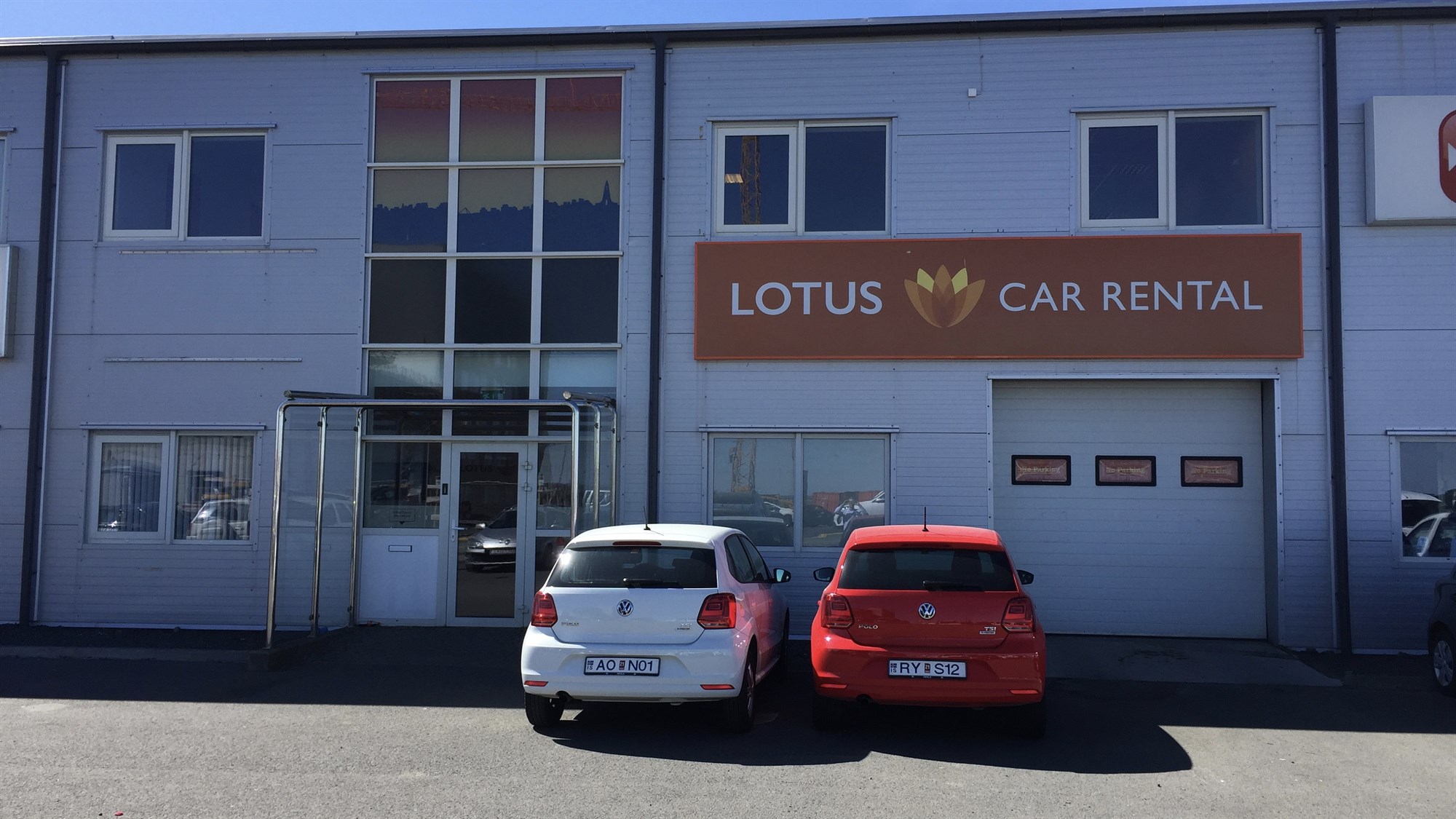
▼ Compare Car Rentals ▼
Rental Essentials
International Driving Permit
Like many countries, Iceland requires foreign drivers to present an International Driving Permit. Don’t forget to pack it! Rentals usually allow two named drivers per car, but you must register them in advance — otherwise insurance may not cover accidents. The minimum age is 21, while 4WD rentals require drivers to be at least 23.
Vehicle Type
While a 2WD may be fine for city driving in summer, a 4WD is highly recommended for almost every itinerary. Iceland’s roads are often gravel or uneven, and a 4WD provides better suspension, grip, and safety. From October onwards, winter tires are mandatory due to icy roads.
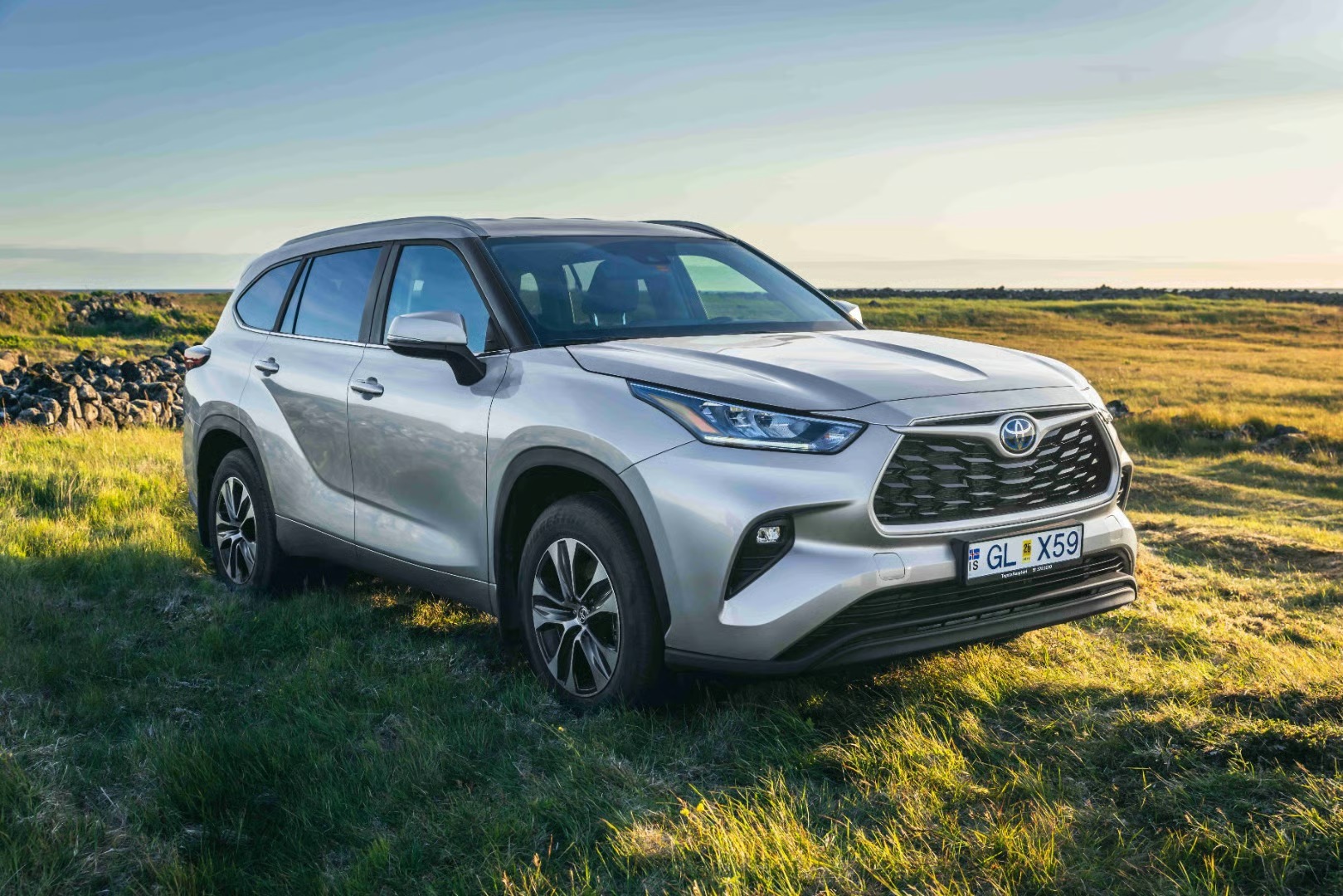
Insurance
Insurance is a must in Iceland. Unless you’re an experienced local driver, we recommend full coverage with Gravel Protection (GP). Gravel chips can easily damage paint and windshields — without GP, you could face hefty repair costs. With full coverage, the rental company will send assistance immediately if issues arise.
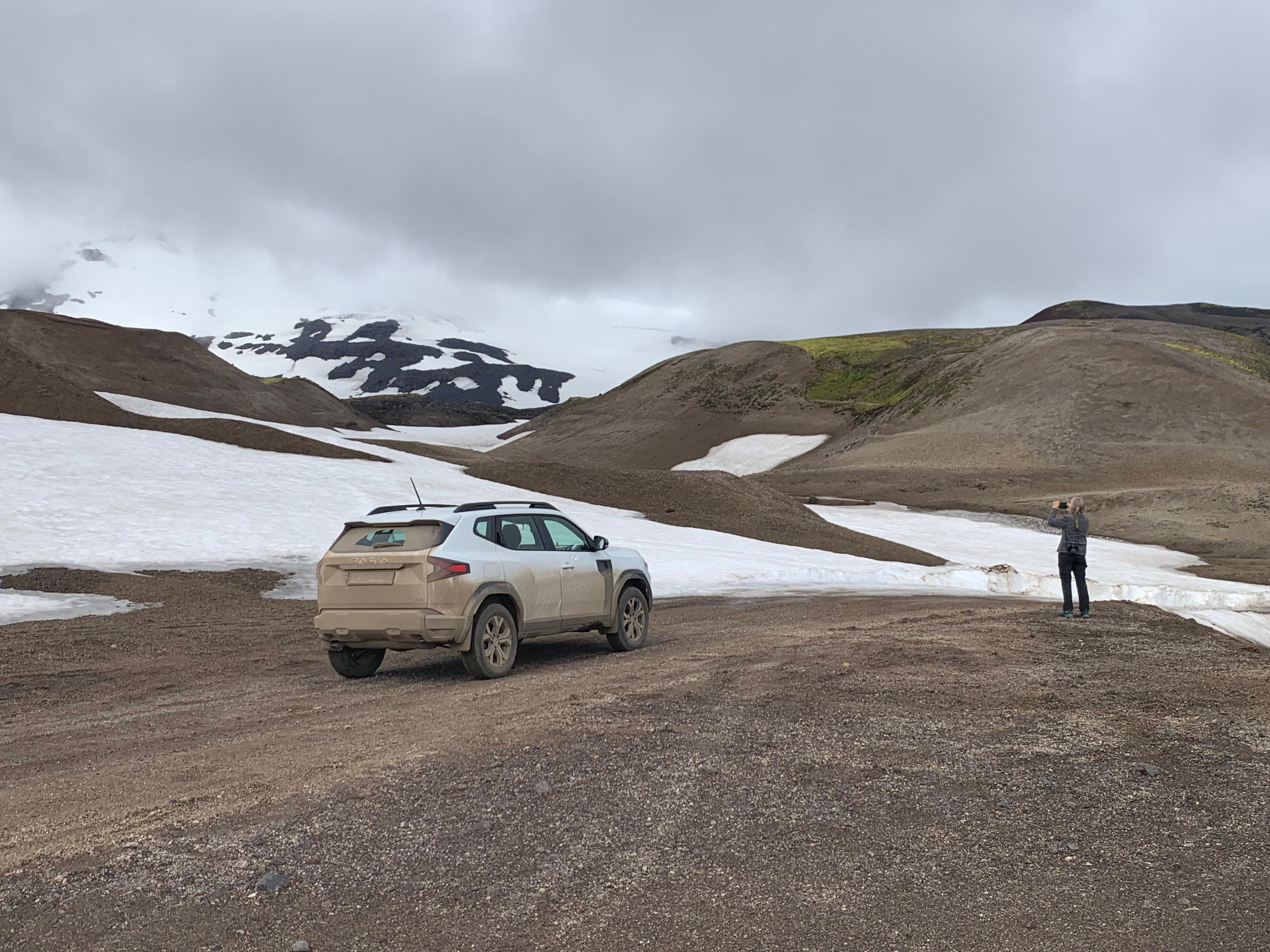
Fuel
The most common stations are N1, but Costco offers the cheapest fuel. Many companies provide discount cards for partner stations. Outside major towns, most stations are self-service — you’ll need a credit card to pay at the pump. Always top up before heading into remote areas.

Costs
Renting a 4WD in peak season typically costs HK$800–1,000 per day. In winter, prices drop to around HK$600–800. Full insurance adds HK$200–400 per day. For a full Ring Road trip, expect fuel costs of at least HK$3,000.
Driving Rules
Right-Hand Traffic
Unlike Hong Kong, Iceland drives on the right. It takes some adjustment — spend a few hours in Reykjavik getting used to it before heading out. Always check mirrors and lane position carefully.
No Speeding
The national speed limit is 90 km/h on highways and 50 km/h in towns. Iceland enforces speeding strictly, with fines ranging from ISK 20,000–240,000 (HK$1,500–18,000). Cameras are everywhere, so stick to the limit.
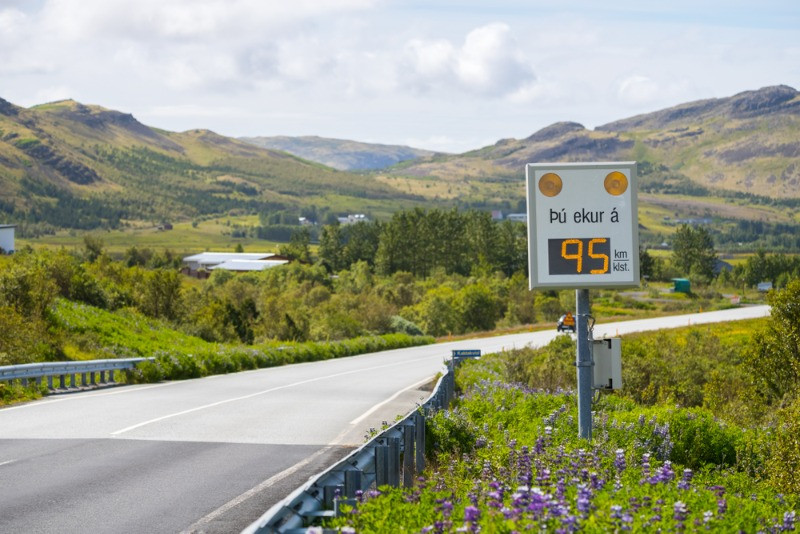
Parking
In Reykjavik, use designated lots or meters and prepay at machines, placing the receipt on your dashboard. Outside the city, only stop at official pullouts or parking areas — even if the scenery tempts you! Many sites have cameras, and unpaid parking can lead to heavy fines.
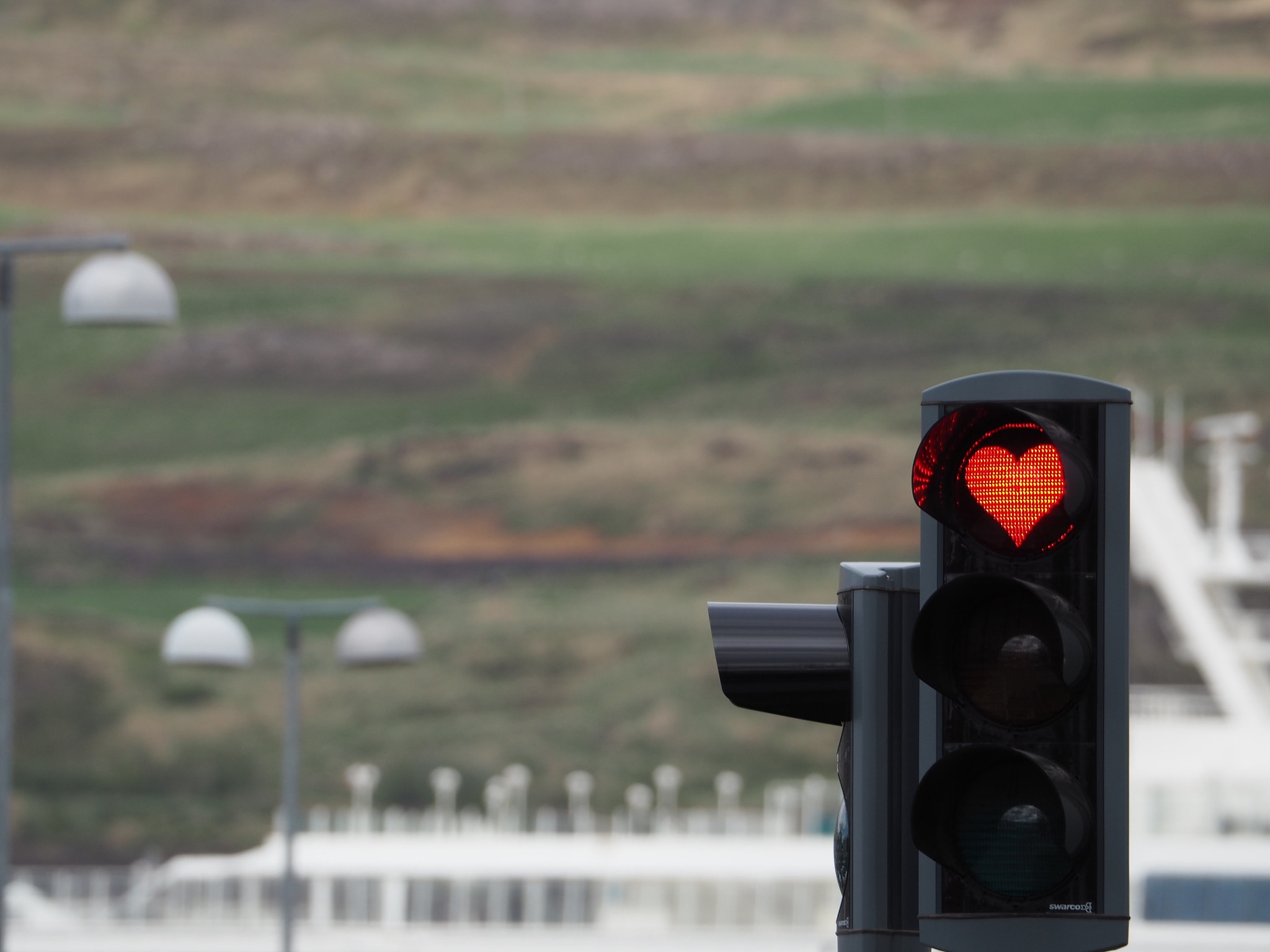
Driving the Ring Road
The famous Route 1 encircles the island, making it easy to complete a loop. Roads are generally smooth and wide. However, beware of “F-Roads” (highland tracks marked with an F). These rough mountain routes are only open in summer and legally require a 4WD. Novice drivers should avoid them, as conditions are harsh and breakdowns are common.
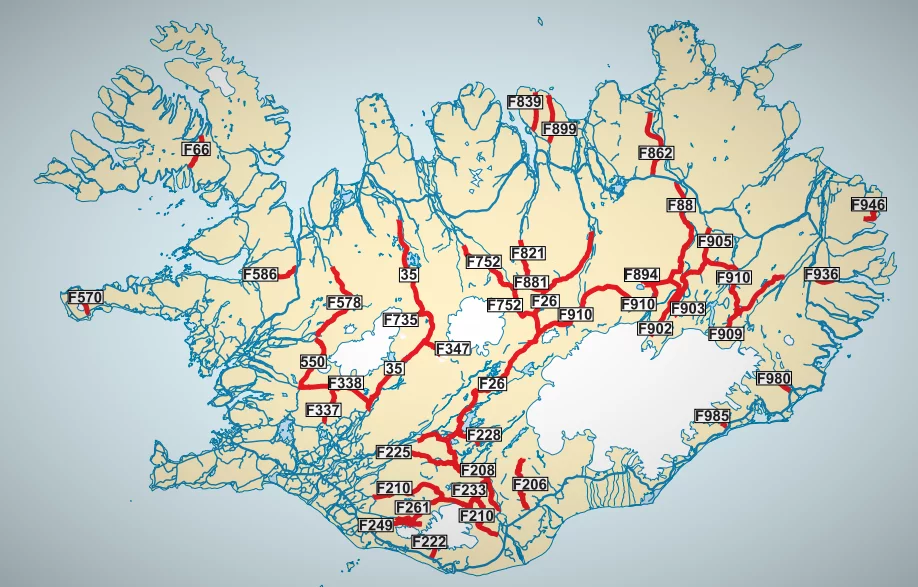
Essential Road Condition Apps
Weather changes quickly in Iceland. Download the Faerd & Vedur apps — even locals use them daily. They provide real-time updates on road and weather conditions. Green routes mean safe, while red means closed. Entering restricted roads can void your insurance and lead to fines.

Winter Driving in Iceland: Risks & Safety Tips
Thinking of self-driving in winter? Be warned: snow, black ice, and powerful winds make it risky. Here are the key dangers and precautions:
- Black ice: Hard to spot, extremely dangerous. Rent a 4WD with winter tires.
- High winds & blizzards: Winds often exceed 64 km/h, sometimes 160 km/h — strong enough to rip off car doors! Blizzards also reduce visibility and may close roads.
- Short daylight: Only 4–5 hours of light per day. Avoid driving after dark.
- Unpredictable weather: Sunshine can quickly turn into snowstorms. Always check road.is and vedur.is before departure.
Should you drive in winter without snow experience?
If you’ve never driven in snow, we strongly advise against it. Even experienced drivers must be cautious. Stick to main roads like the Ring Road and Golden Circle.
Extra Safety Tips:
- Always rent a 4WD with winter tires.
- Check road.is and vedur.is regularly.
- Never push on in a storm — stop and wait it out.
- Keep the fuel tank half full or more, carry snacks, water, warm clothes, and emergency supplies.
- Practice safe snow driving: slow speed, gentle braking, no sudden moves.
- Only drive during daylight.
Do You Need a 4WD in Iceland?
The choice depends on season and route:
When 4WD is required:
- All F-Roads (highlands) by law.
- Winter months (Oct–Apr), when snow and ice are common.
- Remote areas like the Westfjords, North, and East Iceland.
When 2WD is fine:
- Summer (May–Sep) if sticking to the Ring Road, Golden Circle, or Reykjavik area.
- Popular tourist routes and main highways.
Adjusting to Driving in Iceland
For Hong Kong drivers, switching from left-hand to right-hand driving can be challenging. Here are some adaptation tips:
1. Constant reminders: Repeat to yourself “drive on the right” before moving.
2. Slow and steady: Avoid rushing or overtaking early on.
3. Use your passenger: Let them remind you of lane position and turns.
4. Accept mistakes: Occasional errors are normal — don’t panic.
5. Learn local habits: Icelandic drivers are courteous and follow rules.
Practical adjustments:
– Learn car width and position anew.
– Roundabouts run counterclockwise; yield to cars from the right.
– Right turns stay close to the curb, left turns cross into oncoming lanes.
– Use landmarks: road signs on your right, oncoming cars on your left.
– Practice near the airport before tackling longer drives.
Recommended Online Booking Platforms
Instead of booking directly with rental companies, use platforms like Klook and Trip.com. They let you compare multiple providers at once, often at lower prices. You’ll also find frequent discounts, flexible cancellation options, and the convenience of paying in your own currency.
- Easy comparison: Enter your dates and pickup location, and instantly compare prices across companies.
- Exclusive deals: Save 10–20% with early bird offers and promo








